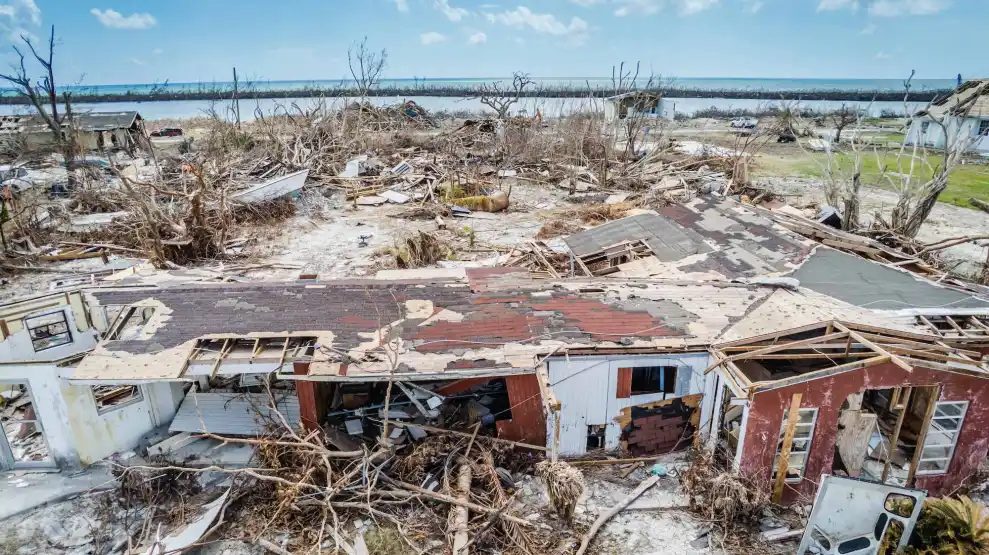The Bahamas is highly vulnerable to natural disasters, especially due to its location in the Atlantic hurricane belt. Below is an overview of the main types of natural disasters that affect the country:
1. Hurricanes and Tropical Storms
- Most frequent and destructive natural disasters in The Bahamas.
- Occur mainly during the Atlantic hurricane season (June 1 – November 30).
- Notable hurricanes:
- Hurricane Dorian (2019): Category 5 storm that devastated Abaco and Grand Bahama, causing widespread damage and loss of life.
- Hurricane Matthew (2016): Caused severe flooding and wind damage.
- Hurricane Floyd (1999) and Hurricane Andrew (1992) also had major impacts.
2. Storm Surges and Flooding
- Often accompany hurricanes.
- Coastal and low-lying areas, such as New Providence, are especially at risk.
- Inland flooding can damage infrastructure, displace residents, and contaminate freshwater sources.
3. Earthquakes
- Rare but occasionally felt due to regional tectonic activity.
- The Bahamas lies near the northern edge of the Caribbean Plate, but seismic activity is minimal compared to neighboring regions like Haiti or Puerto Rico.
4. Drought and Freshwater Shortages
- While not dramatic, prolonged dry spells can affect agriculture and freshwater availability, especially on islands without aquifers.
- Desalination is a key method of supplying fresh water.
5. Climate Change Impacts
- Rising sea levels and increasing hurricane intensity due to climate change are long-term threats.
- Coral bleaching and erosion also threaten ecosystems and tourism.
Disaster Preparedness and Response
- The National Emergency Management Agency (NEMA) leads preparedness and disaster response.
- The government promotes:
- Early warning systems
- Evacuation plans
- Hurricane shelters
- Building code improvements to withstand stronger storms.


